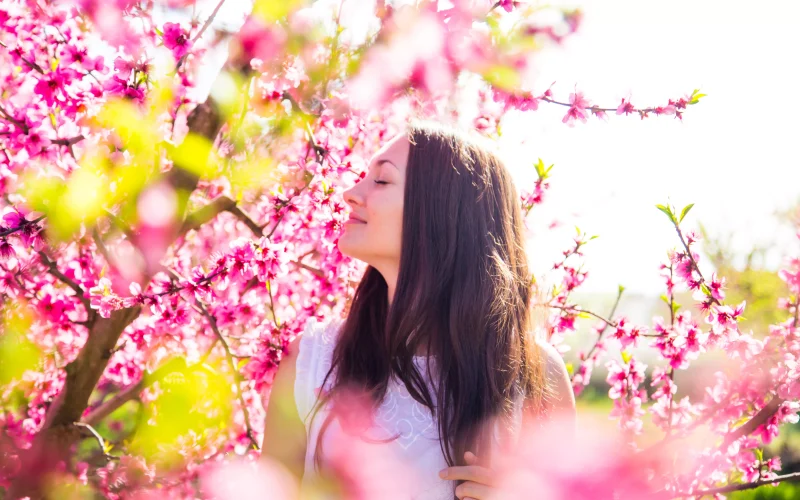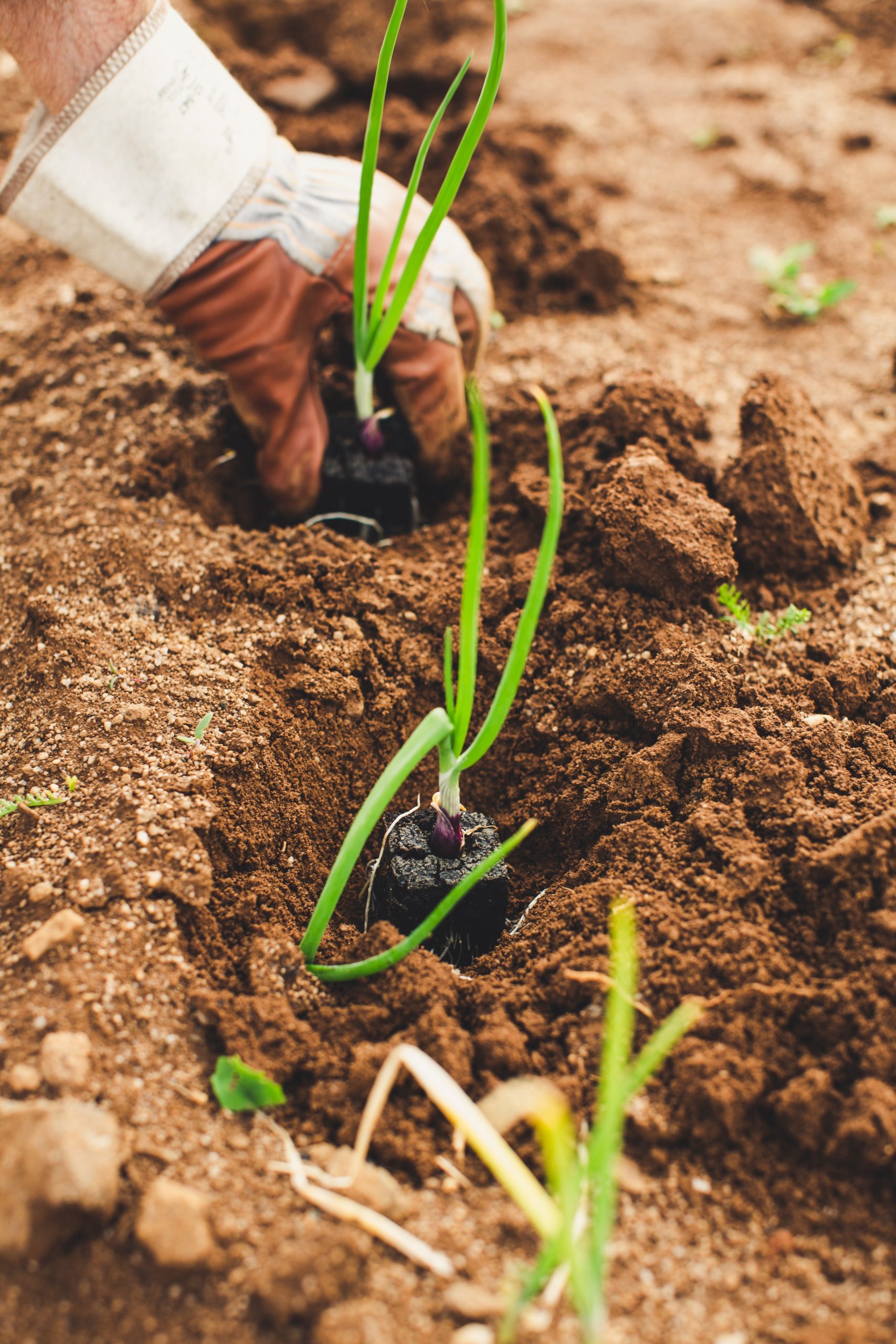Introduction
The world teems with botanical beauty that captivates gardeners, nature lovers, and curious travelers alike. From tiny mosses clinging to shaded rocks to giant sequoias that scrape the sky, plants offer a remarkable range of shapes, colors, and scents. These flourishing wonders thrive in deserts, rainforests, mountains, and urban parks. In this article, we’ll explore the rich plant diversity that makes Earth so vibrant. You’ll meet flowering species, lush foliage, hardy succulents, and more. Get ready to uncover how botanical beauty inspires art, medicine, and our everyday lives.
Flourishing Wonders: Remarkable Botanical Beauty Range

1. The Magic of Flowering Plants
Flowering plants, or angiosperms, make up over 300,000 species. They display blooms in every hue—crimson roses, cobalt blue hydrangeas, and bright yellow sunflowers. Flowers attract pollinators like bees, butterflies, and hummingbirds. Each shape and scent evolved to invite these helpers. Some flowers open only at night to welcome moths, while others hold nectar at the base of long tubes for hummingbirds with curved beaks. Beyond beauty, flowering plants provide fruits, nuts, and spices humans rely on. The magic of their blooms reminds us how plant diversity supports entire ecosystems and delights our senses.
2. Majestic Trees and Forest Giants
Trees offer a different kind of botanical beauty—mighty trunks, spreading canopies, and deep roots. In redwood forests of California, coast redwoods grow over 350 feet tall, creating a cathedral of green light. In the rainforests of Borneo, dipterocarp trees tower above the undergrowth, their roots forming complex buttresses. Even in dry savannas, baobab trees store water in thick trunks, offering shelter and food. Forests of both conifers and broadleaves support rich wildlife and clean our air. When we walk beneath these giants, we witness plant diversity on a grand scale and feel humbled by nature’s power.
3. Lush Foliage and Tropical Greenery
Beyond flowers, plants enchant us with vibrant foliage. Tropical rainforests host ferns, palms, and vines in dozens of shades of green. Some species, like the elephant ear (Alocasia), sport leaves larger than a human body. Others, such as the prayer plant (Maranta), fold their leaves at night like hands in prayer. In temperate zones, maples and oaks light up autumn landscapes with reds, oranges, and golds. Even indoor spaces come alive with potted philodendrons, snake plants, and pothos vines. Lush foliage shows us that botanical beauty isn’t just about color—it’s about texture, pattern, and life’s resilience.
4. Remarkable Succulents and Desert Survivors
Succulents and cacti demonstrate plant diversity in extreme conditions. These flourishing wonders store water in thick leaves and stems, surviving years of drought. The barrel cactus rolls in rainwater, and the jade plant uses tiny hairs to reflect sunlight. Madagascar’s elephant foot yam develops massive underground tubers to feed its leaves when rain is scarce. Agave plants bloom only once in their lifetime, shooting a tall stalk of blossoms before dying, leaving pups behind. In pots and rock gardens worldwide, succulents prove that even the harshest environments yield botanical beauty.
5. Fragrant Blooms and Aromatic Herbs
Scent is an overlooked facet of botanical beauty. Fragrant blooms like lavender, jasmine, and gardenia perfume gardens and indoor spaces. Herbs such as rosemary, mint, and basil release essential oils when touched or crushed. In Provence, fields of lavender stretch to the horizon, attracting visitors and bees alike. In tropical climates, ylang-ylang flowers perfume island breezes. Aromatic plants play roles in medicine, cooking, and perfumery. They remind us that nature’s palette includes not only sight but also smell, weaving sensory richness into our daily lives.
6. Aquatic Plants: Water’s Living Jewels
Ponds, lakes, and rivers host a special group of botanical beauties. Water lilies float on still surfaces, their round leaves and delicate flowers dancing with the ripples. In shallow bays, eelgrass beds provide nurseries for fish and crustaceans. Mangrove trees anchor coastal shores, trapping sediment with tangled roots. Even tiny duckweed covers ponds in bright green carpets. Aquatic plants oxygenate water, filter pollutants, and support wildlife. By exploring these watery realms, we discover plant diversity hidden beneath the surface, where life flourishes in fluid motion.
7. Botanical Gardens and Global Treasures
To experience plant diversity up close, visit a botanical garden. Kew Gardens in London arranges species by their regions, from alpine plants to desert succulents. Singapore’s Gardens by the Bay features cooled domes housing Mediterranean and Himalayan flora. In New York’s Brooklyn Botanic Garden, cherry blossoms herald spring with clouds of pink petals. Each garden offers educational tours, plant collections, and art installations. By walking these living museums, we learn how plants adapt to climates and inspire conservation efforts worldwide.
8. The Role of Botanical Beauty in Health and Culture
Plants shape human culture and well-being. Traditional medicines use willow bark for pain relief and foxglove for heart conditions—discoveries born from plant compounds. Art and literature celebrate botanical forms in botanical prints, poetry, and garden designs. Urban planners plant street trees to reduce heat and improve air quality. Even mental health benefits from green spaces: hospital gardens aid recovery, and schoolyard plantings boost learning. Flourishing wonders of botanical beauty surround us, linking nature’s diversity to better health, stronger cultures, and happier lives.
Conclusion
The remarkable range of botanical beauty spans from tiny blooms to mighty forests, from scented herbs to underwater beds of green. Everywhere on Earth, plants adapt and thrive, offering flower colors, leaf textures, and scents that amaze us. Botanical gardens, parks, and wild habitats invite us to explore plant diversity firsthand. By protecting these green wonders and learning from their resilience, we ensure future generations can enjoy nature’s gifts. Embrace your own garden or plan a trip to a distant conservatory—let botanical beauty brighten your world and inspire wonder every day.









